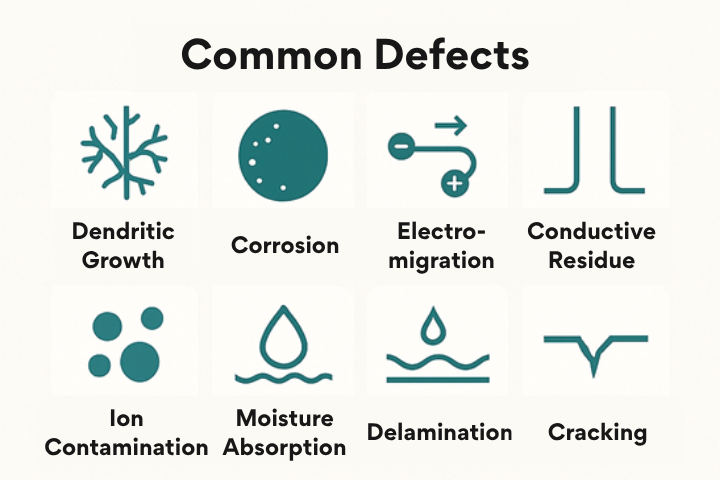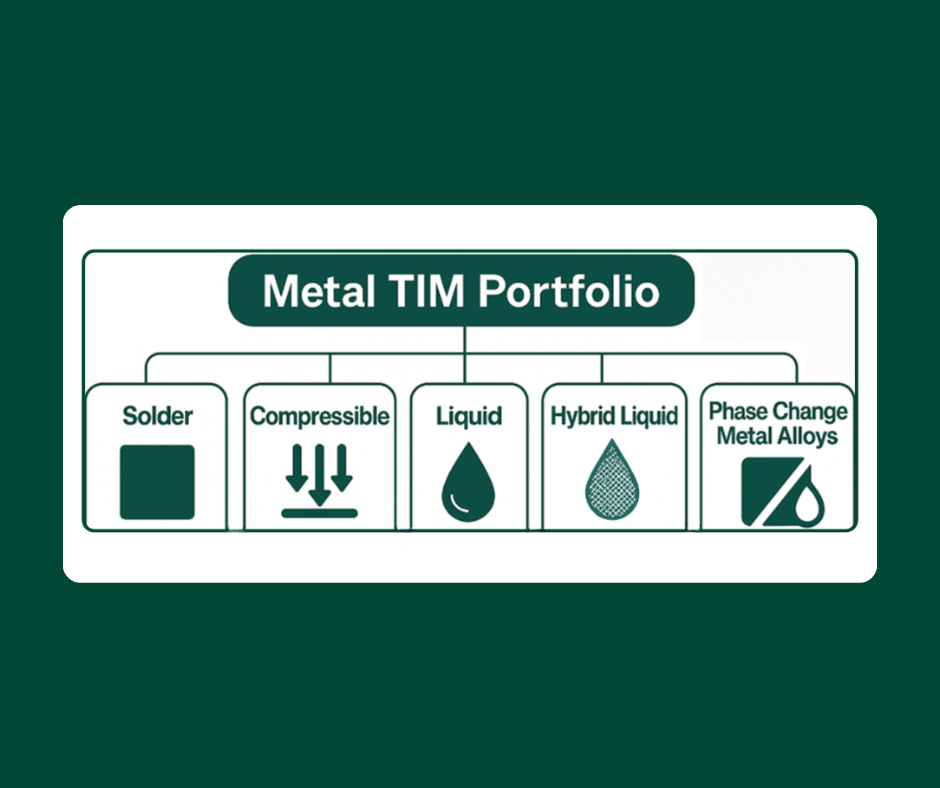My last post was about the benefits and disadvantages of using aplaten or hot plate preheater in wave soldering. There are many different kinds of preheating, (I mentioned some here). Calrod® preheating has a much faster response time than its plate or platen cousin. A Calrod’s physical structure consists of tubular elements that operate near red-heat temperatures, meaning that the elements can glow red when operated in certain conditions. It is the same technology that is used on electric ranges. These elements are used to indirectly heat the PCB through the use of a reflector that is usually contained in the frame to which the elements are bolted. A diagram of the elements can be seen below. The benefits of using a calrod preheater are:
- They are very durable and won’t break when moving or adjusting the equipment in which they are installed.
- They can last for a long time.
- They heat quickly and can be regulated without expensive or complex machinery.
- They are designed to be used in a large number of applications.
The efficiency of this type of preheater is cleanliness dependent, meaning that the rods and reflector need to be kept clean in order to work properly. Having flux drip on the elements or the reflector will cause the flux to char and could lead to inadequate heating, which may lead to inadequate soldering. According to The Handbook of Machine Soldering SMT and TH by Ralph Woodgate there is a, “common practice to line the reflector with aluminum kitchen foil. When this becomes discolored it is replaced with a fresh sheet.” This assures consistent heating of the assembly. If the calrods are operated at a high enough temperature they can be self-cleaning.
The calrod preheater can operate at a higher temperature than the hot plate and doesn’t require a long preheater section to arrive at the same board temperature. Always be sure that, when using SMT components, you follow the component manufacturer’s specs and recommendations.
Next week I will be discussing hot air preheaters.
*This is the fourth post of the twelve piece mini-series entitled Preheating. This is the second mini-series which is part of the larger program entitled Wave Soldering (A Segmented Synopsis).



